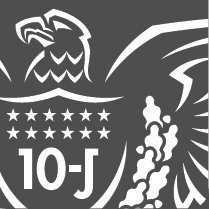RWP 23-14, December 2023
The zero lower bound on nominal interest rates can generate substantial downward pressure on longer-term inflation expectations. We use data on interest rate options and inflation compensation to estimate how the probability that the zero lower bound will bind in the future has weighed on inflation expectations in the United States. Over the 2008–19 period, we estimate that the zero lower bound imparted only a small drag on longer-term inflation expectations of around 10 basis points. We argue that the Federal Reserve's forward guidance and large-scale asset purchases largely offset the potential disinflationary effects of the zero lower bound, even prior to the formal adoption of an average inflation-targeting framework.
JEL classifications: E32, E52
Article Citation
Bundick, Brent, Logan Hotz, and A. Lee Smith. 2023. “How Optimal Was U.S. Monetary Policy at the Zero Lower Bound?” Federal Reserve Bank of Kansas City, Research Working Paper no. 23-14, December. Available at External Linkhttps://doi.org/10.18651/RWP2023-14
